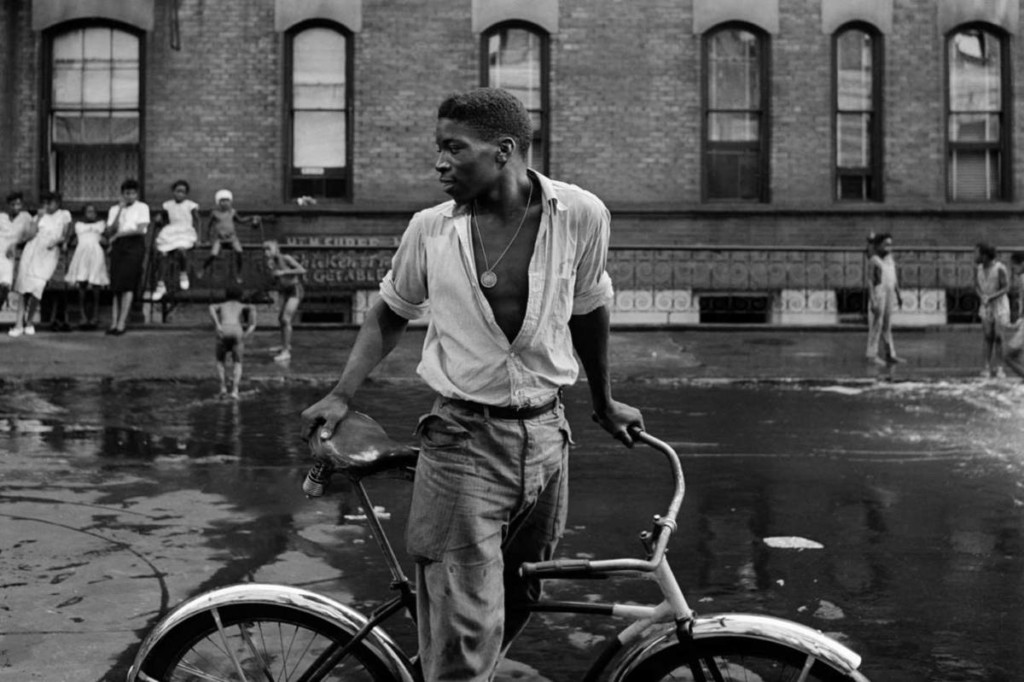What Does Framing Streets Do?
What Does Framing Streets Do?
Blog Article
The Facts About Framing Streets Revealed
Table of ContentsAll About Framing Streets3 Simple Techniques For Framing StreetsSome Known Factual Statements About Framing Streets Framing Streets for DummiesWhat Does Framing Streets Mean?Framing Streets Fundamentals Explained
Photography genre "Crufts Canine Show 1968" by Tony Ray-Jones Street digital photography (additionally often called candid photography) is digital photography carried out for art or inquiry that features unmediated chance experiences and arbitrary incidents within public locations, typically with the objective of catching photos at a definitive or poignant minute by careful framing and timing. 
Getting My Framing Streets To Work
Susan Sontag, 1977 Road photography can concentrate on individuals and their actions in public. In this regard, the street digital photographer resembles social documentary digital photographers or photographers that additionally operate in public locations, but with the objective of recording relevant occasions. Any one of these professional photographers' images might capture individuals and building visible within or from public areas, which typically entails navigating honest problems and regulations of privacy, protection, and residential or commercial property.
Depictions of everyday public life develop a style in almost every duration of world art, beginning in the pre-historic, Sumerian, Egyptian and early Buddhist art periods. Art dealing with the life of the road, whether within views of cityscapes, or as the dominant theme, shows up in the West in the canon of the Northern Renaissance, Baroque, Rococo, of Romanticism, Realistic look, Impressionism and Post-Impressionism.
Some Known Factual Statements About Framing Streets
Louis Daguerre: "Boulevard du Holy place" (1838 or 1839) In 1838 or 1839 the initial picture of figures in the road was taped by Louis-Jacques-Mand Daguerre in one of a pair of daguerreotype sights drawn from his workshop home window of the Boulevard du Holy place in Paris. The second, made at the height of the day, reveals an uninhabited stretch of road, while the various other was taken at about 8:00 am, and as Beaumont Newhall records, "The Boulevard, so continuously full of a moving crowd of pedestrians and carriages was perfectly solitary, other than an individual who was having his boots combed.
, who was motivated to carry out a similar documents of New York City. As the city developed, Atget aided to advertise Parisian roads as a worthy subject for photography.

Framing Streets Things To Know Before You Get This
Martin is the very first taped digital photographer to do so in London with a masked video camera. Mass-Observation was a social study organisation established in 1937 which intended to record everyday life in Britain and to record the responses of the 'man-in-the-street' to King Edward VIII's abdication in 1936 to marry divorce Wallis Simpson, and the sequence of George VI. Andre Kertesz.'s widely admired Images la Sauvette (1952) (the English-language edition was labelled The Decisive Minute) promoted the concept of taking a picture at what he described the "definitive minute"; "when form and content, vision and structure merged into a transcendent whole" - sony a7iv.
3 Easy Facts About Framing Streets Shown
The recording maker was 'a concealed camera', a 35 mm Contax hidden beneath his coat, that was 'strapped to the upper body and linked to a long cable strung down the appropriate sleeve'. His job had little modern impact as due to Evans' sensitivities concerning the originality of his job and the privacy of his subjects, it was not published up until 1966, in the book Many Are Called, with an intro composed by James Agee in 1940.
Helen Levitt, after that a teacher of little pop over here ones, associated with Evans in 193839. She documented the temporal chalk drawings - sony a9iii that became part of youngsters's street society in New york city at the time, along with the kids who made them. In July 1939, Mo, MA's brand-new photography area consisted of Levitt's job in its inaugural exhibitionRobert Frank's 1958 book,, was substantial; raw and frequently indistinct, Frank's images examined mainstream digital photography of the time, "tested all the formal guidelines put down by Henri Cartier-Bresson and Walker Evans" and "contradicted the wholesome pictorialism and sincere photojournalism of American publications like LIFE and Time".
Report this page